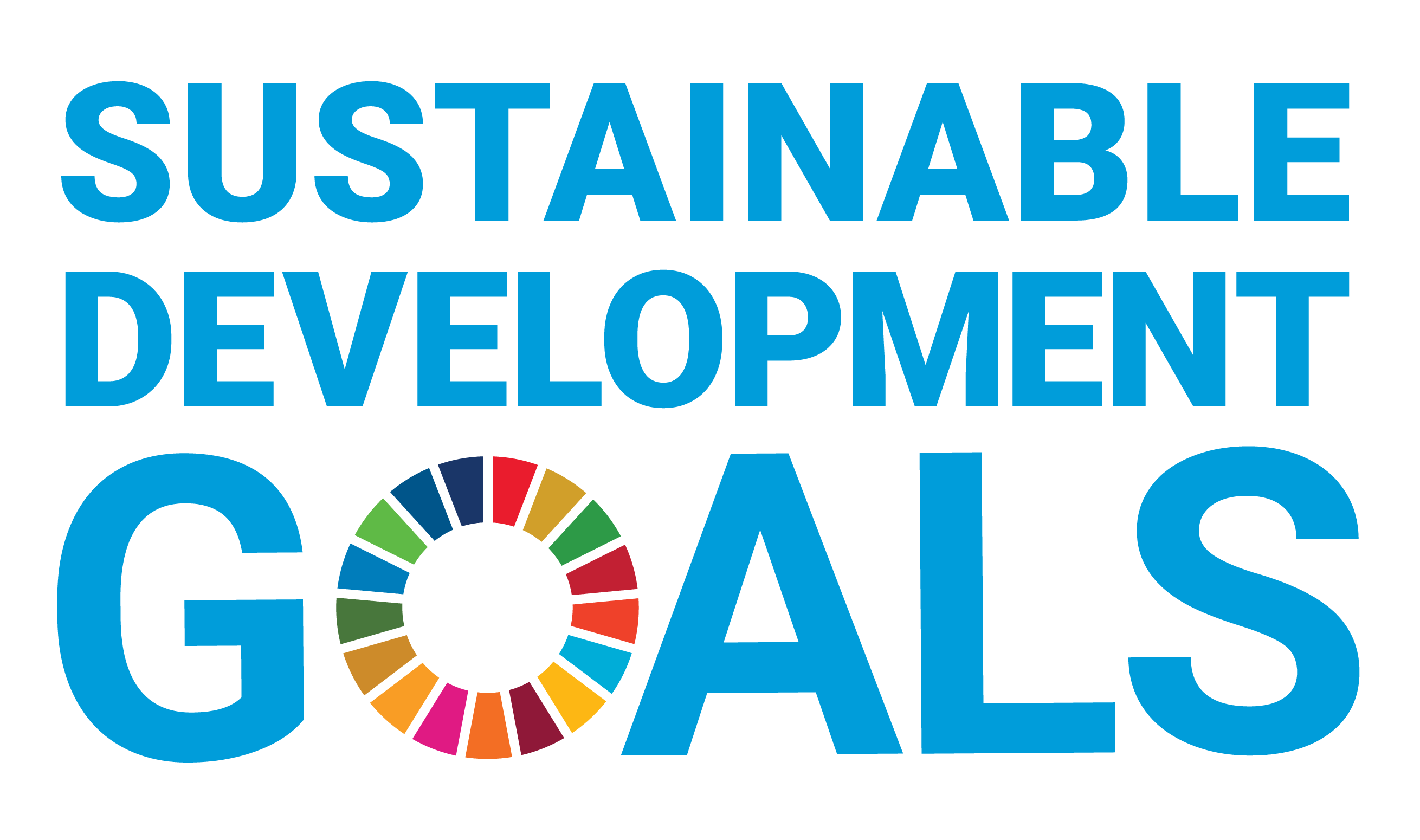Improved WRF Simulation of Surface Temperature and Urban Heat Island Intensity over Metro Manila, Philippines
Document Type
Article
Publication Date
11-1-2024
Abstract
Accurate representation of the land use/land cover (LULC) in the Weather Research and Forecasting (WRF) model has been shown to be crucial for improved simulation of surface variables and urban heat island (UHI) phenomenon. In this study, a ground truthed LULC dataset over Metro Manila (MM) was integrated in the WRF model to assess and quantify the relative contributions of using an updated land use/land cover (ULULC), activating the single-layer urban canopy model (WSLUCM) and anthropogenic heat (WAH), and consideration of urban surface heterogeneity (LIR) representation on simulated Surface Temperature (ST) relative to the default model settings (CTRL) of the WRF model. Additionally, the study examines the daytime and nighttime UHI features over MM, using a reference simulation where urban grids were replaced with cropland (CRP). Numerical simulations were carried out for April 2018, a typical dry month without monsoonal influence over MM to get a clear UHI characterization. Data from nine weather stations distributed across MM was used for performance evaluation. Results show negligible daytime biases in ST for CTRL, ULULC, and WAH, and underestimated ST for WSLUCM. At night, CTRL and ULULC (WSLUCM and WAH) tend to overestimate (underestimate) ST. Of the four factors analyzed, updating LULC, using SLUCM, including AH, and accounting for urban surface heterogeneity can change daytime ST by 0.3 °C, -0.6 °C, 0.3 °C, and 0 °C, respectively, and nighttime ST by 0.5 °C, -1.2 °C, 0.3 °C, and 0.4 °C, respectively. Widespread daytime warming and a distinct nocturnal UHI following urbanization were confirmed for MM when the LULC accounted for urban heterogeneity. While data limitations for MM limit the specification of the SLUCM, its UHI features are best represented in WRF when an updated land cover dataset is used.
Recommended Citation
Llorin, A. G. A., Olaguera, L. M. P., Cruz, F. a. T., & Villarin, J. R. T. (2024). Improved WRF simulation of surface temperature and urban heat island intensity over Metro Manila, Philippines. Atmospheric Research, 310, 107644. https://doi.org/10.1016/j.atmosres.2024.107644



